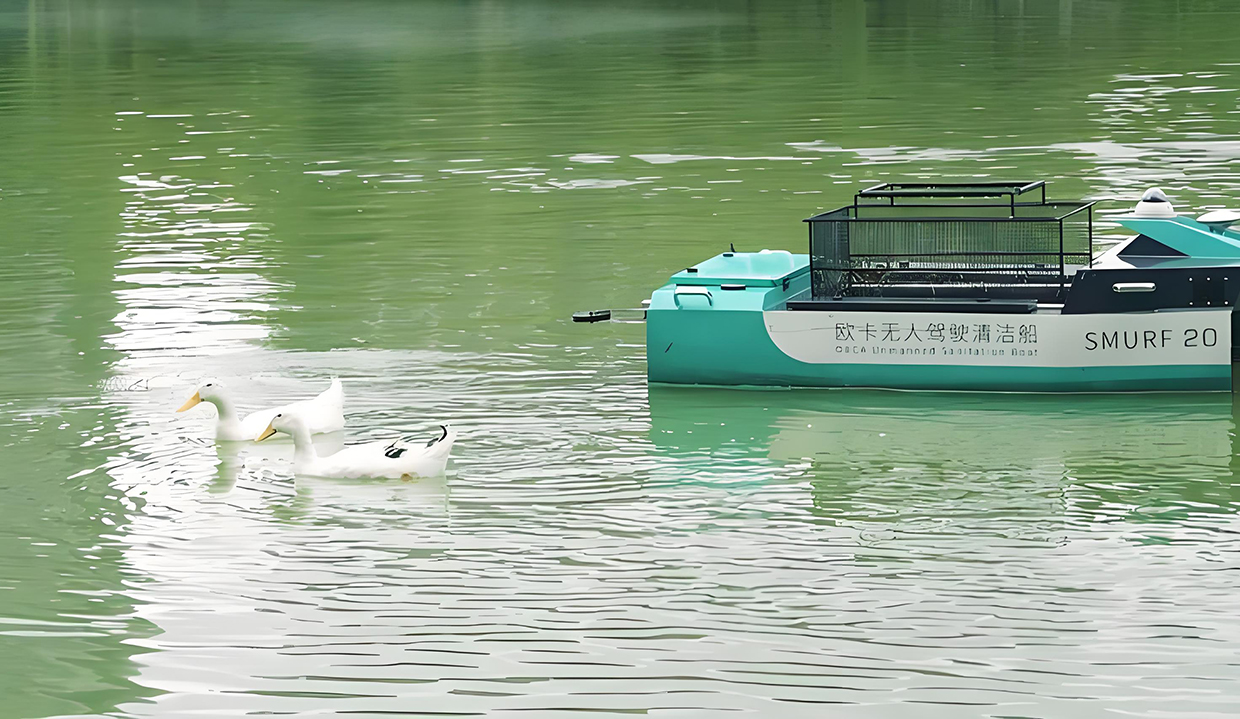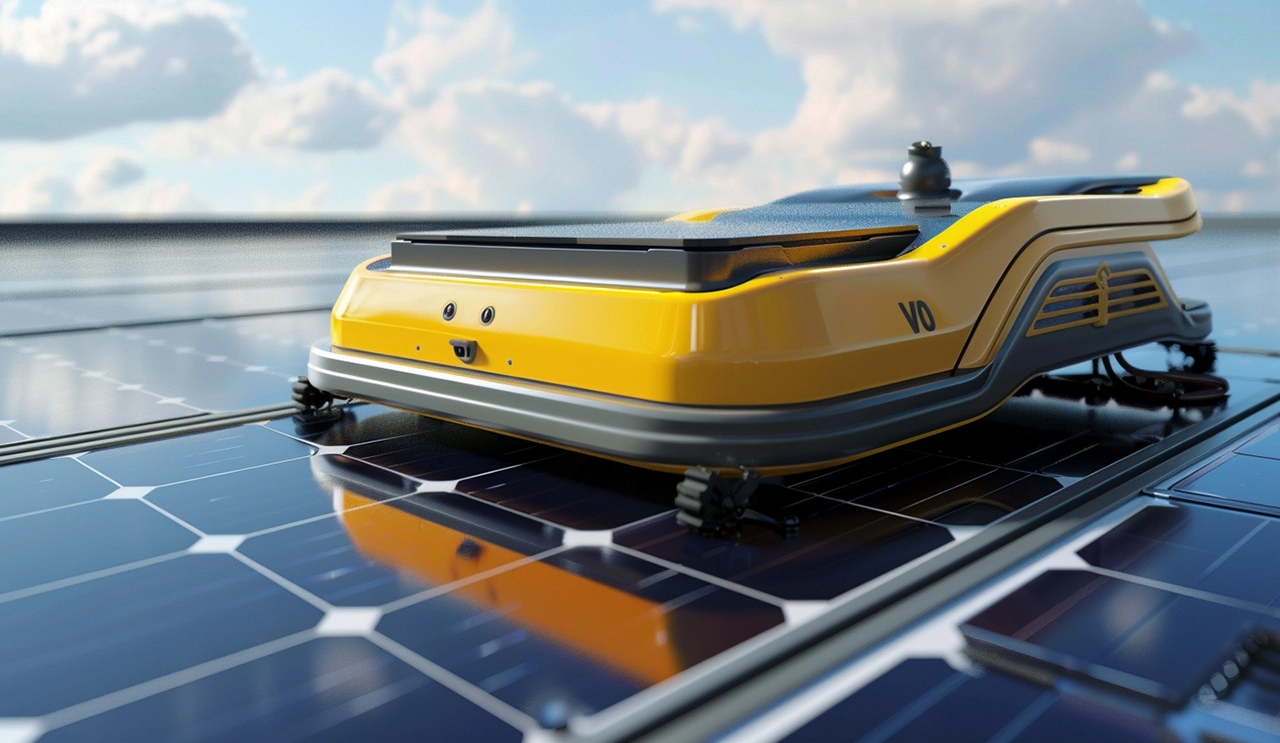
WIRELESS CHARGING IN THE NEWS
As ocean exploration and underwater engineering rapidly advance, underwater rescue and salvage robots are playing increasingly important roles in tackling complex environments and executing high-risk tasks. However, current underwater robots face challenges in terms of endurance and power supply methods. The application of wireless charging technology provides notable advantages, pushing the performance and field of application for these robots to new heights.
In underwater operations, rescue and salvage robots must have long-lasting endurance to complete tasks in emergencies and complex scenarios. Traditional battery replacement or wired charging methods are not only difficult to operate but also face significant challenges in maintaining watertight integrity during the process. Wireless charging technology, through contactless energy transfer, eliminates the risk of exposing electrical interfaces during charging. This not only enhances charging safety but also reduces the sealing requirements for the robots, simplifying design and maintenance in an efficient manner.
The complexity of the underwater environment demands that robots have high flexibility and maneuverability. Wireless charging technology can support uninterrupted power supply to robots without affecting their operational performance. By setting up wireless charging stations underwater, robots can quickly charge during task intervals without needing to surface or return to base. This continuous power supply method significantly improves the robots' operational efficiency, enabling them to respond more frequently and swiftly to urgent rescue missions.
While ensuring operational efficiency, maintaining the structural integrity and system stability of the robots is also crucial. Wireless charging reduces the wear and tear due to frequent plugging and unplugging of connectors in traditional charging, lowering the risk of failure caused by mechanical wear. Particularly in underwater environments, the perpetual wet conditions accelerate the corrosion of metal components, which is effectively prevented by the non-contact nature of wireless charging. This extends the lifespan of the equipment and enhances operational stability and reliability.
Underwater rescue and salvage tasks typically require equipment to possess a high level of self-sufficiency. Wireless charging not only provides a convenient method of recharging but also can be integrated with intelligent monitoring systems to achieve real-time power management. This enables robots to adaptively adjust their operational strategies based on task load, automatically seeking and docking to the nearest charging station when power is low. Through these intelligent features, robots can optimize their operational plans, ensuring effective responses in unforeseen circumstances.
With countries increasingly focused on the development and utilization of ocean and underwater resources, wireless charging technology endows underwater rescue and salvage robots with more possibilities, expanding their application in marine exploration, resource surveying, and environmental monitoring. The convenient setup and simplified maintenance of charging facilities allow for more flexible deployment and resource reuse during remote deep-sea operations, minimizing the need for frequent human intervention and complex procedures. As technological advancements and continuous innovation progress, underwater wireless charging will not only revolutionize the field but also elevate industry standards.
In summary, by applying wireless charging technology, underwater rescue and salvage robots significantly enhance their operational capabilities and task execution efficiency in complex environments. The safe, flexible, and efficient energy replenishment solutions provided by wireless charging lay the foundation for technological development in this field. In the future, wireless charging technology will continue to evolve, providing even stronger support for underwater robots and meeting the changing and growing global demands for underwater operations. With these technological advantages, robots will be empowered to play larger roles in ocean exploration and underwater rescue.







